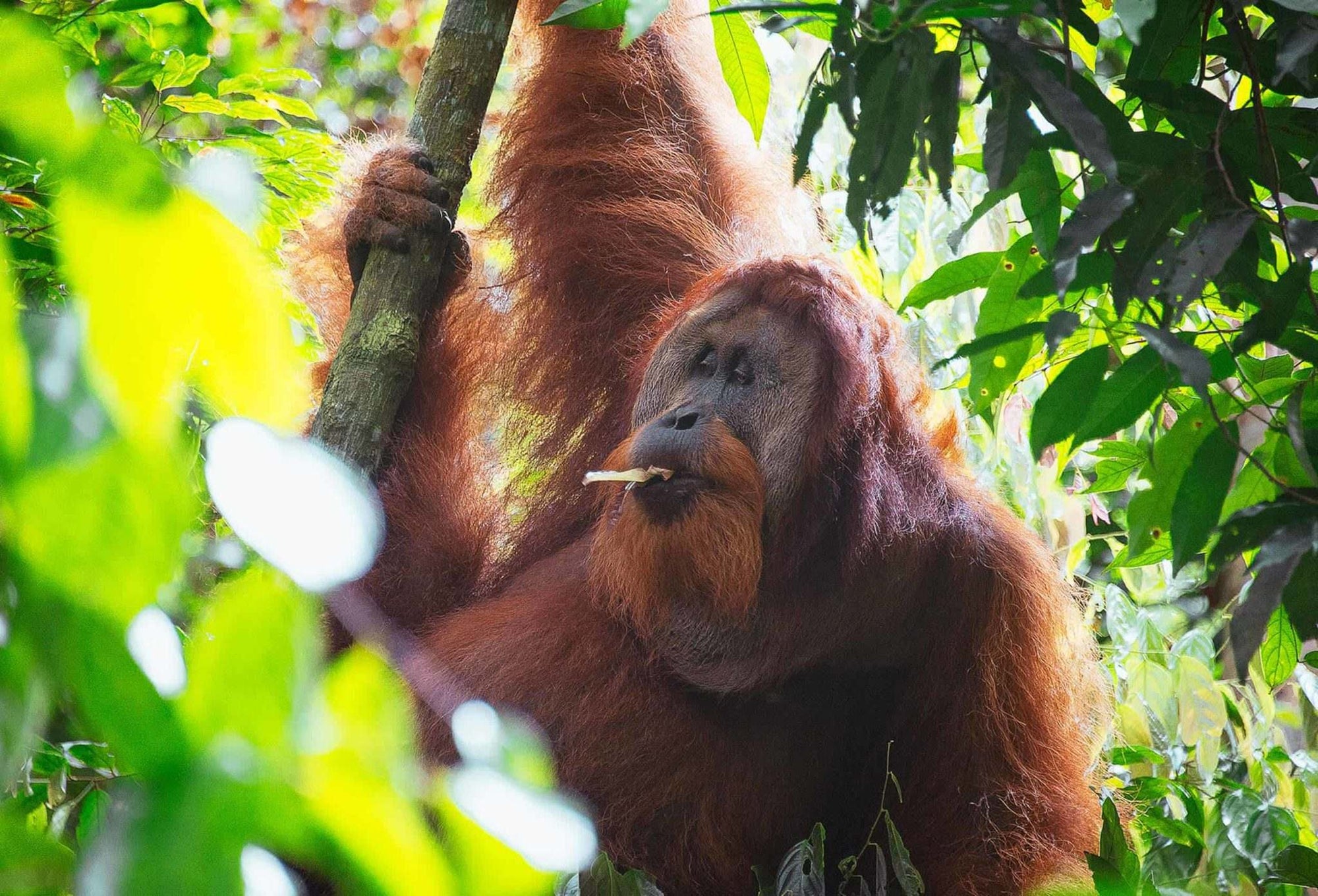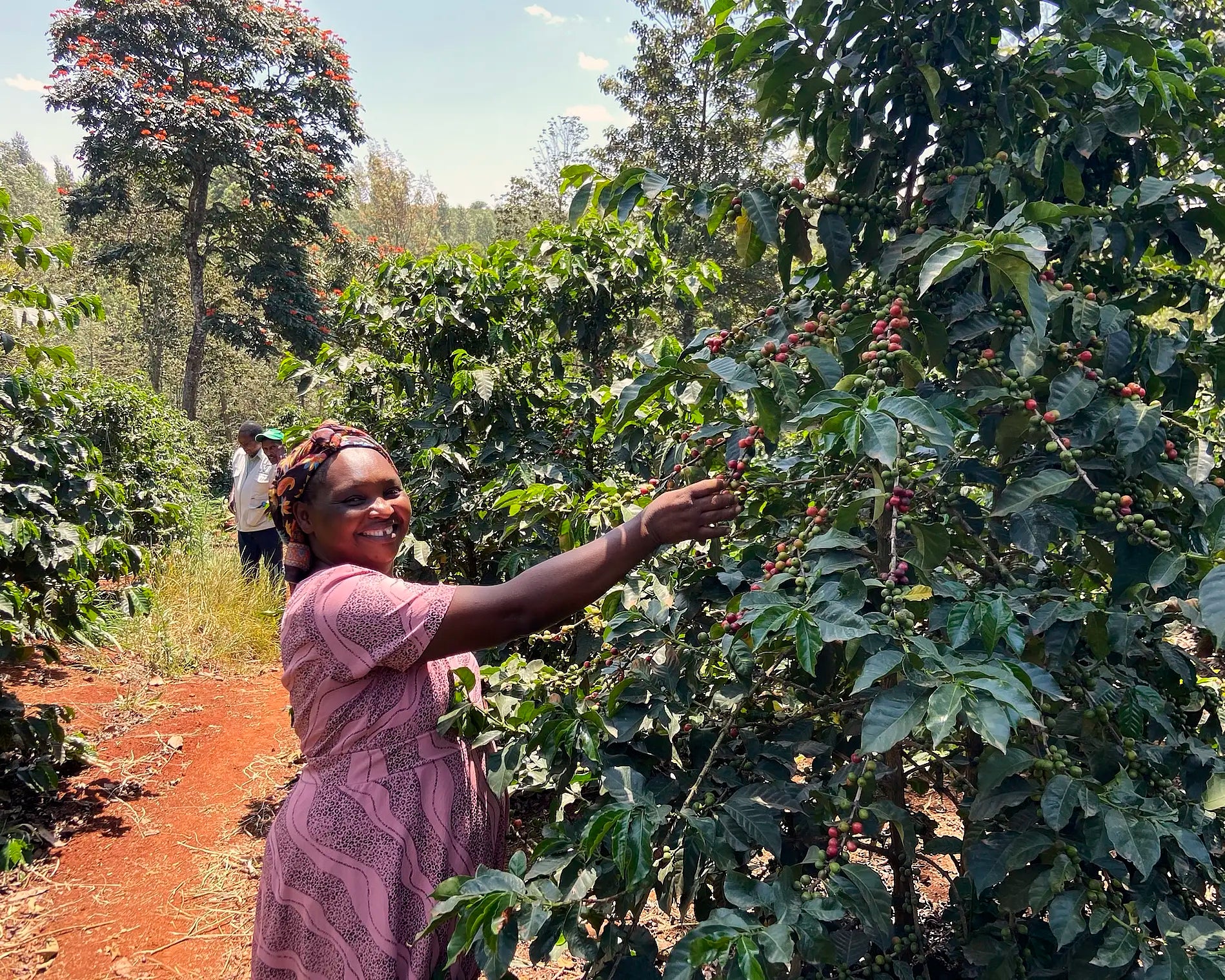A visit to Ngila Coffee Estate, Blackburn Coffee Estate at Ngorongoro Crater and Taylor & Winch dry mill in Moshi. The first days in Arusha, a city of 800,000 inhabitants at the foot of Mount Meru, were somewhat frustrating as it was relatively difficult to get in touch with the coffee farmers. Not least because we asked for visits too spontaneously. Because of heavy rainfall in the preceding weeks, all side roads were very muddy, and it was therefore recommended that we only risk driving to the farms via 4×4. It cost us a whole day to find said vehicle… We contacted two coffee farms. Both are located at about 1800 m above sea level, are adjacent to the Ngorongoro Crater and belong to a well-known game reserve. It was difficult to locate the plantations on the map and the directions given to us by the coffee farmers via mobile with terrible connections sounded very adventurous.
First, we visited Ngila Coffee Estate, a 100-ha plantation owned by a lady from Germany. The logo of the farm is an elephant under a Jacaranda tree and immediately reveals something unique about this place: At night the plantation is regularly visited by elephants, buffalos and other animals from the adjacent jungle of the Ngorongoro Crater. As manager Frederick later told us, the company loses up to 40% of their crop to these nocturnal visitors! The way to the office building was lined with coffee bushes, unfortunately without berries – we had just missed the harvest. Frederick, a courteous Kenyan of about 50 years, was waiting for us and immediately guided us through the whole plantation and processing site, where he explained all the steps of processing the beans to us. In Tanzania and Kenya coffee is usually washed: The hand-picked coffee cherries are crushed in a “pulper” between two steel rollers and placed in open baths for about two days. The flesh of the cherries is separated from the beans. The beans are then passed through a 30 m long channel in which they are washed. Next, the beans are dried in the sun on sieves on stilts. The bad beans are meticulously sorted by hand and after about two weeks packed in hessian bags and sent to the dry mill in Moshi.
The second farm we visited was Blackburn Estate. We knew the coffee because we had obtained and roasted it about four years ago through a dealer in London. The plantation is quite remote and fortunately the sun had already dried the mud on the road, but it was a very bumpy drive, nevertheless. The farm is also in German hands (Tanzania was once a German colony). Michael and Tina Gherken bought the farm, which was founded in the 1930s, over 30 years ago and produce about 60 tonnes of green coffee per year. We tasted a fantastic coffee with a very fine acidity. This farm also suffers great losses due to wild animals. The elephants are kept at bay with small smouldering fires in which dried chilli peppers are burned. The elephants obviously don’t like the pungent smell. Blackburn delivers the green coffee to the Taylor & Winch dry mill in Moshi. The next day we visited this dry mill and were guided through the plant by the manager. Our conversation with him revealed that smaller quantities of green coffee could also be purchased directly from the mill.


